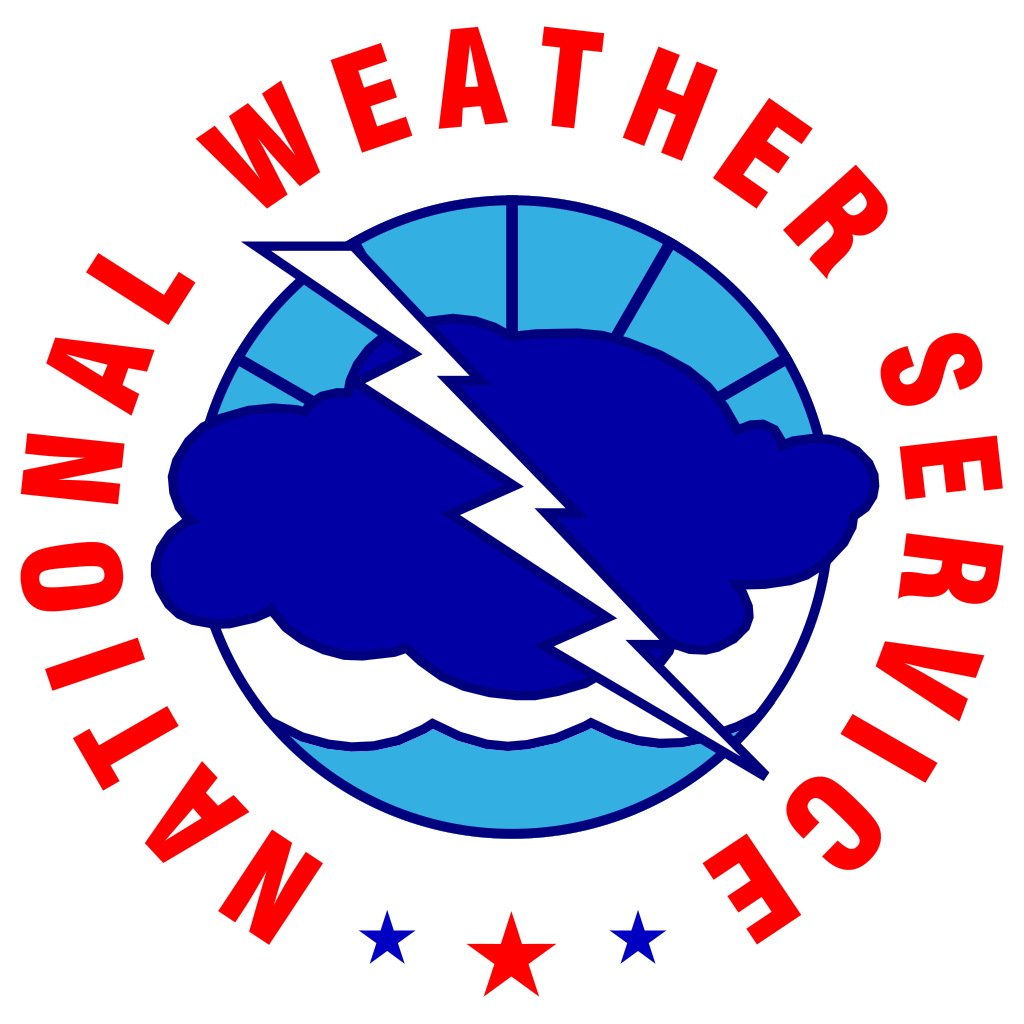 Having successfully navigated our way through the narrows of Current Cut, we anchored off the island for a couple of days waiting for the weather to settle down and explore the little community of Current.
Having successfully navigated our way through the narrows of Current Cut, we anchored off the island for a couple of days waiting for the weather to settle down and explore the little community of Current.
Modern cruising is an episodic adventure. I’m sure that our predecessors down the centuries would have loved perfect information, or as near perfect as computers can make it, when it comes to forecasting winds and waves. In our modern world we have lots of data, loads of input, and plenty of graphs to aid our decision-making. The decisions are still up to us and that’s where we either succeed in sailing or engage in a learning exercise.
Sources today are mostly internet bound, trapped in the ether by cell towers at the mercy of microwave radiation. That’s great when you’re close enough to get on to the web, yet mostly stinks the rest of the time. Our phones have apps like PocketGrib (downloading and presenting gridded binary weather files from government forecasters), Windy (using similar resources with a nice graphic display of wind conditions), Storm Radar, Weather Underground, and Navionics (for tides and charts). We can also access weather reports through our old school Single Side Band radio, that uses much longer radio waves than our phones. Getting closer to the United States allows us to pick up NOAA’s weather radio broadcasts, which, besides the relevant information, turns out to be as oddly comforting as the tune Lillibulero is listening to the BBC World Service (you ex-pats know what I mean).
We’ve learned that predicting weather more than 72 hours out is just guesswork and when you’re at sea Mother Earth simply has a mind of her own. Knowing that leads to a certain conservatism that is supported only by having absolutely no schedule. In a sailboat if you must be somewhere at a certain time you’ll either need to motor or take risks that suck the fun out of things.
So it was with Current Island and our planned crossing of the Northeast Providence Channel to the Abacos Islands. It’s not far, about 60 miles, but the channel can get rough quickly and with the winds blowing at 25-30 knots most of the week a little roughness was to be expected. Based on all the data we aimed to depart two days hence with what looked like a moderate 15-20 knots of wind and 3-4 foot seas.
Waking early Wednesday we pulled anchor, motored out of Royal Island’s snug harbor as the sun rose, and pointed Aleta’s bow almost due north. The winds held steady for the most part while the seas continued settling down. Several other cruisers had had the same thought as us and we tracked them for a good part of the trip. North Bar Crossing is a wide channel just south of the Pelican Cays leading to the shallow, protected waters just east of Great Abaco Island.
Tilloo Cay, like so many places in the Bahamas, is a short hop on the chart and a long series of winding turns with a six-foot draft vessel in real life. It’s a pretty and relatively unspoilt part of the Abacos, which generally have a reputation for being faster-paced and more touristy than the Exumas and Eleuthera. We dropped anchor in the lee of Tilloo’s shore and were happy with our decisions for the day. Our first observation was how much greener things were. Our second was how much busier it was with lots of other boats coming and going. Our third was that we’d had a glorious day sailing and mostly kicked the pants off any of our fellow cruisers.
Perhaps the lesson was that flexibility and patience are the greatest assets a cruiser can have. Slowing down isn’t easy, but it pays off. We had an opportunity to test that lesson again a couple of weeks later off the shores of North Carolina.






“Slowing down isn’t easy, but it pays off” this line should be the mantra of cruizers everywhere
Think how reassured you feel as you come within range of the shipping forecast – North Uitsera, South Uitsera, Finnisterre, Portland (real home from home)!
I’m a big fan of Dogger myself!